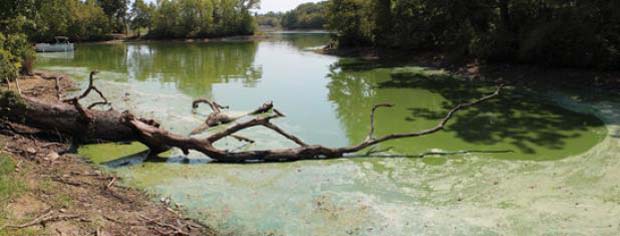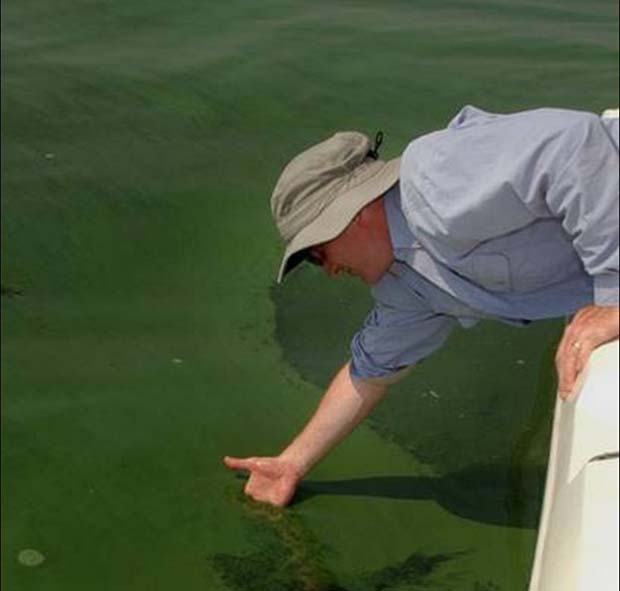By Hal Herring – Field and Stream
 [dropcap]T[/dropcap]he next time you find yourself jugfishing along the Mississippi River, or lying in your hammock on your old house boat in southern Louisiana where the freshwater hits the salt, pump up the old Coleman lantern and throw open your tattered old copy of D’Aulaires’ Greek Myths, and read the story of Cassandra. You do remember, don’t you? The beautiful prophet whose ears were licked clean by snakes, so that she could hear the future? No matter how accurate her predictions (including the destruction of Troy by way of the super-warriors hidden inside the gift of the Trojan horse) nobody ever listened to her. Ever.
[dropcap]T[/dropcap]he next time you find yourself jugfishing along the Mississippi River, or lying in your hammock on your old house boat in southern Louisiana where the freshwater hits the salt, pump up the old Coleman lantern and throw open your tattered old copy of D’Aulaires’ Greek Myths, and read the story of Cassandra. You do remember, don’t you? The beautiful prophet whose ears were licked clean by snakes, so that she could hear the future? No matter how accurate her predictions (including the destruction of Troy by way of the super-warriors hidden inside the gift of the Trojan horse) nobody ever listened to her. Ever.
Sometimes, that’s how a conservation reporter feels, too.

An algae bloom caused by nitrate pollution on Iowa’s Big Creek Lake, located northwest of Des Moines, in summer of 2012.
Perry Beeman of the Des Moines Register reports that the Des Moines Water Works, the drinking water supplier for around a half-million people in central Iowa, is operating the world’s largest nitrate-removal water treatment plant in an effort to provide clean water to its customers in the face of record-breaking levels of nitrate pollution pouring into the Raccoon and Des Moines Rivers. The pollution is agricultural fertilizer run-off, firehosed into the rivers by all the channelized creeks, drained former wetlands and tiled fields in the region.
Funny, isn’t it, how when we scorn our responsibilities to the natural systems that support our every aspiration, the bills just keep going up, the losses just keep coming? The water treatment plant, the Register reports, was built in 1992 at a cost of $4 million. It costs $7,000 a day to operate.
From the Register story:
The predicament shows that voluntary conservation efforts on farms aren’t working and do not bode well for the future of the area’s water supply, said Water Works General Manager Bill Stowe. He added that the nitrates primarily come from crop fertilizers, and that better field drainage systems have worsened the situation.
“We are off our playing field. We haven’t seen this before,” Stowe said.
To read complete story click here […]


